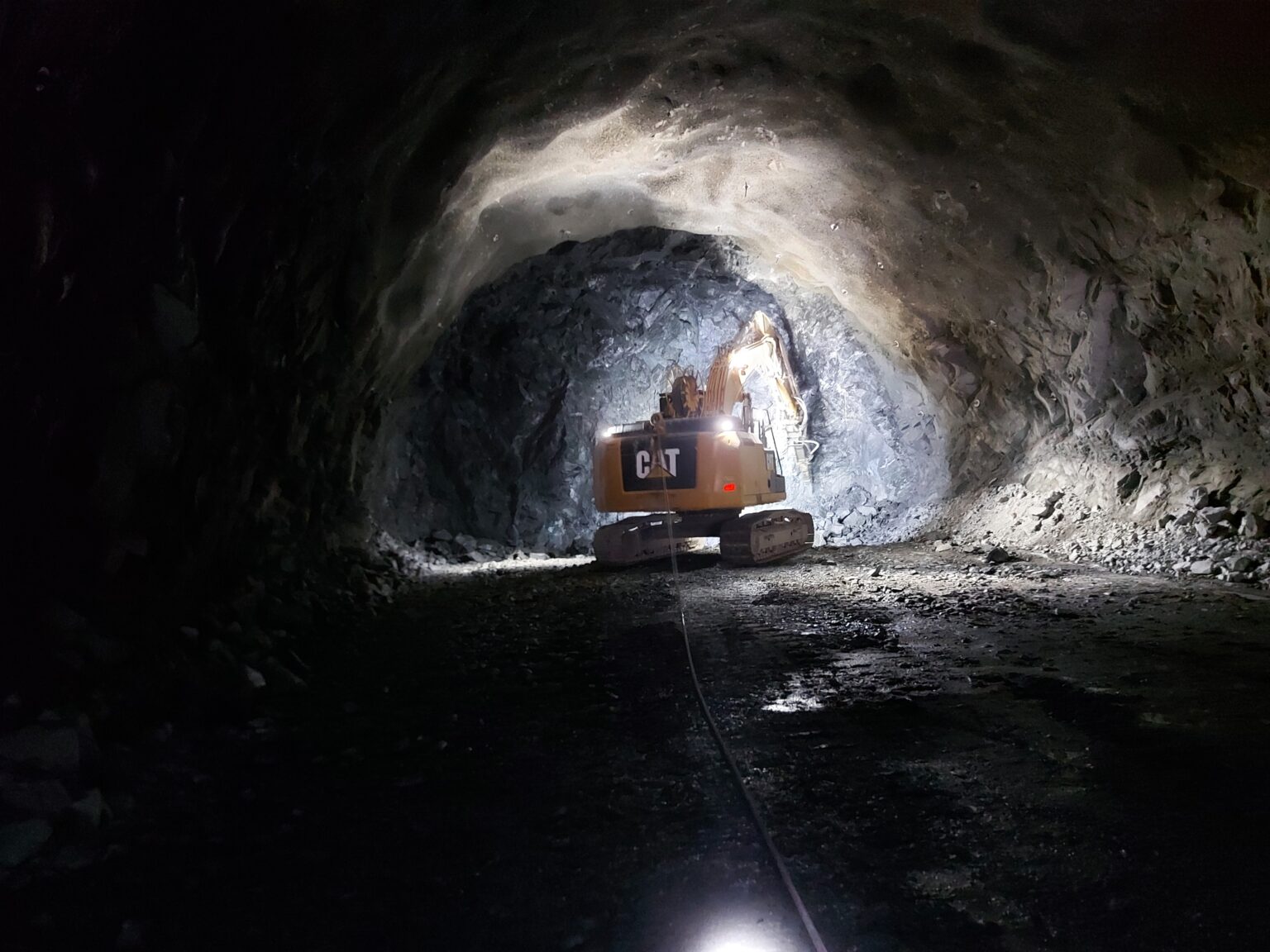BREEAM Very Good for Kvamskleiva Road in Norway
Overview

The E16 Kvamskleiva work was a rock-slide protection project on a highway with steep mountain sides. One of the main routes between eastern and western Norway, the road was known for being dangerous. Improvements to the safety, in a sustainable way, earned a BREEAM Infrastructure rating of Very Good.
About
The Norwegian Public Roads Administration is the government agency responsible for national and county public roads in Norway.
Background
The project goal was to improve the stretch of the E16 highway that was previously known as “the most dangerous road in Valdres.” Hæhre Entreprenør worked with the Norwegian Public Road Administration (Statens vegvesen) to plan the road improvements.
The E16 Kvamskleiva work was a rock-slide protection project on a highway with steep mountain sides. One of the main routes between eastern and western Norway, the road was known for being dangerous. Improvements to the safety, in a sustainable way, earned a BREEAM Infrastructure rating of Very Good. The project achieved a 22% reduction in embodied carbon emissions, equating to 22,800,000 kgCO2 equivalent.

Challenges
One of the main challenges in the project was to keep the tight schedule in an area with harsh winter conditions of cold temperatures, high winds. The team also had to navigate the risk of ice and rockslides.
On this theme, in the most dangerous segment, the new road runs through a tunnel, which presented its own unique challenge. To mitigate this, another part of the road was moved to a sea filling, making space for a rockfall protection embankment between the steep mountain sides and the road.
In addition to the road and tunnel, one main component of the project was the sea filling in Norsvinsfjorden, a large lake parallel to the existing road. The sea filling was constructed by tunnel rocks and was subject to strict environmental requirement because of ecological qualities of the lake and nesting birds.

Solutions
Transportation
Detailed planning of project phases and logistics enabled soil and rock transportation within the project area. Large quantities of rocks and soil (approximately 700 000 m3) were handled and transported without major disruptions to road users. This was successful because of great planning and, in particular, complex phase plans that focused on third parties and their safety. Almost no soil or rock was transported on the public road. Despite limited space, we were able to transport the materials through the project site.
Resources
The team managed to reuse 100% of soil and blasted rock. Identification of reuse options for lightly contaminated soil in the tunnel with no migration risk, and an application process to the authorities, made it possible to reuse soil that initially, according to requirements, was expected to be deposited on a landfill.
Landscape and historic environment
The first drivable road between eastern and western part of Norway was built in 1790 and is now called Kongeveien (the King’s road). Remains of the road is a road historical heritage asset that now serves as a popular hiking trail. During the project, part of the old road was reconstructed in order to connect it to remaining parts.

Benefits
A spokesperson for the project said, “The motivation was to increase the quality of the project and to broaden its definition of sustainability. The BREEAM assessment provided motivation and tools for improving how we document what we actually do to reduce environmental impact, use our resources efficiently, and minimise the negative consequences for the community during the construction period.”
They continued, “The use of BREEAM Infrastructure influenced the planning and optimisation of resource use, both regarding natural resources in the project and material use. Even though we always focus on having a good relationship to the local community during our projects, we had an extra awareness at Kvamskleiva about two-way dialogue and facilitation of engagement, despite the constraints imposed by the COVID-19 pandemic.”
When asked about the cost efficiency of the scheme in relation to the reuse of materials, they reflected, “Reuse of all soil and rock masses can partly be attributed to the use of BREEAM Infrastructure and more awareness of resource use. We saved approximately £1,3 million (17 million NOK) through improved soil handling.”

